A study shows that real-world, continuous stop-and-go driving of electric cars benefits batteries more than lab tests, which only simulate steady use.
Electric car batteries last longer than expected
New research from the SLAC-Stanford Battery Center (a collaboration between Stanford University and SLAC National Accelerator Laboratory) shows that electric vehicle batteries used in real-world conditions such as heavy traffic, long-distance trips, short city trips, and long periods of parking can last about 30 percent longer than previously predicted.
This means electric car owners may not need to replace expensive batteries or buy a new car for several years.
Previous battery testing methods were inaccurate.
Previously, researchers typically tested battery life in the lab by charging and discharging at a fixed rate, repeatedly.
However, the study, published on December 9 in the journal Nature Energy, found that such testing is not suitable for predicting the battery life of electric vehicles in everyday use, such as commuting to work, stopping at the store, or parking for long periods.
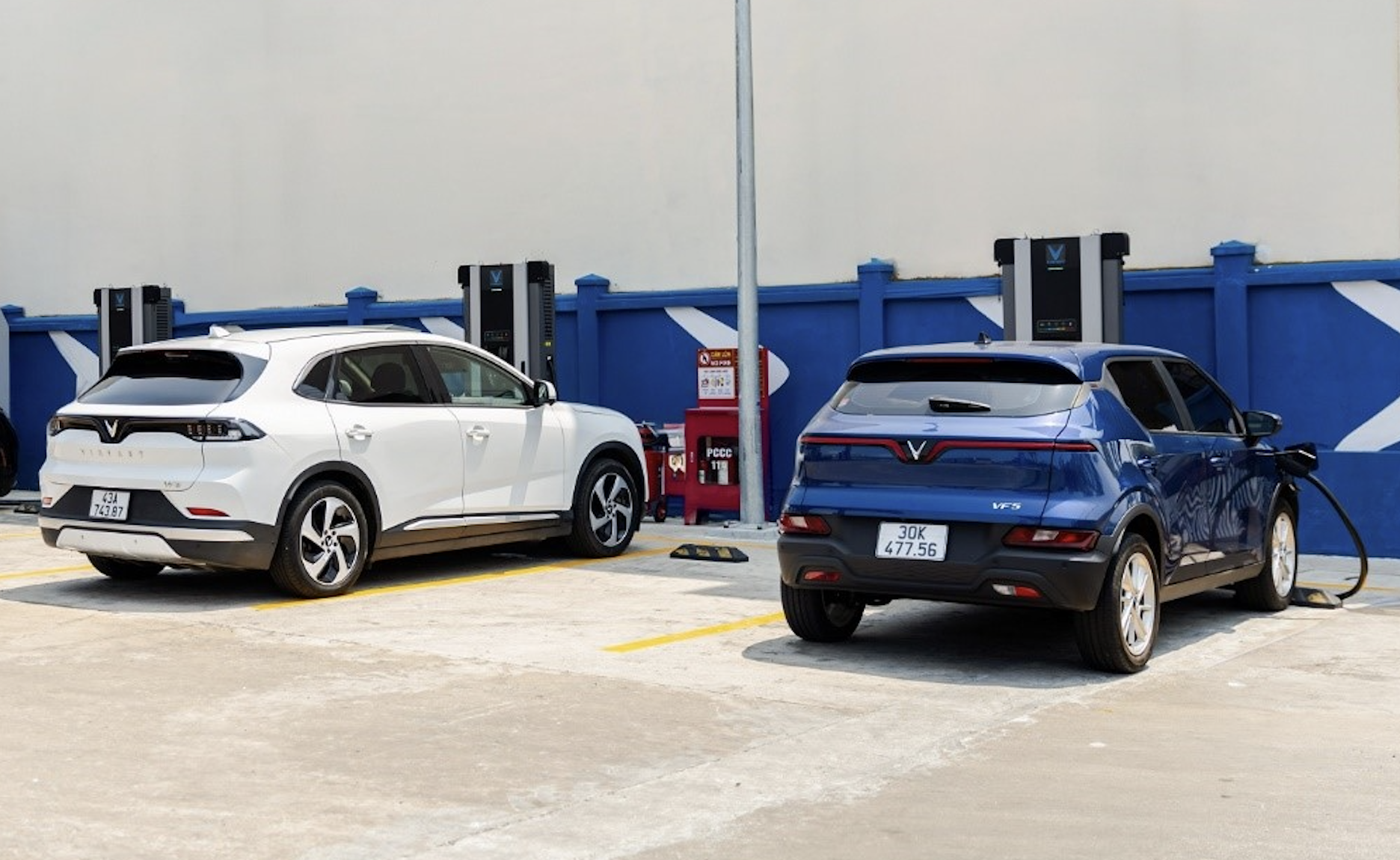
A pleasant surprise
The researchers designed four different battery discharge profiles, from fixed to dynamic, based on real-world driving data. They tested 92 commercial lithium-ion batteries over two years and found that the more closely the discharge profile reflected real-world driving behavior, the longer the battery lasted.
A machine learning algorithm used to analyze the data found that factors such as rapid acceleration, hard braking — which partially recharges the battery — and long periods of idle time all slow battery wear. For example, rapid acceleration for short periods of time does not damage the battery as previously thought, and may even help it last longer.
Two main causes of battery wear
The team also distinguished between wear due to multiple charge-discharge cycles and natural wear over time.
With electric vehicles used daily for commuting to work or grocery shopping, the time spent not using the vehicle is actually the main cause of battery wear, rather than the number of charge-discharge cycles.
Applications and future
The findings suggest that automakers could update battery management software to optimize battery life under real-world conditions, and researchers could develop more advanced battery designs and control algorithms based on the findings.
Notably, this research does not stop at electric vehicle batteries, it also opens up the opportunity to apply the same principle to other energy storage devices, as well as physical science materials and devices such as plastics, glass, solar cells, and biomaterials in implants.
“This work highlights the power of combining specialized fields such as materials science, modeling and machine learning to drive innovation,” said researcher Simona Onori.
(According to Stanford Report)
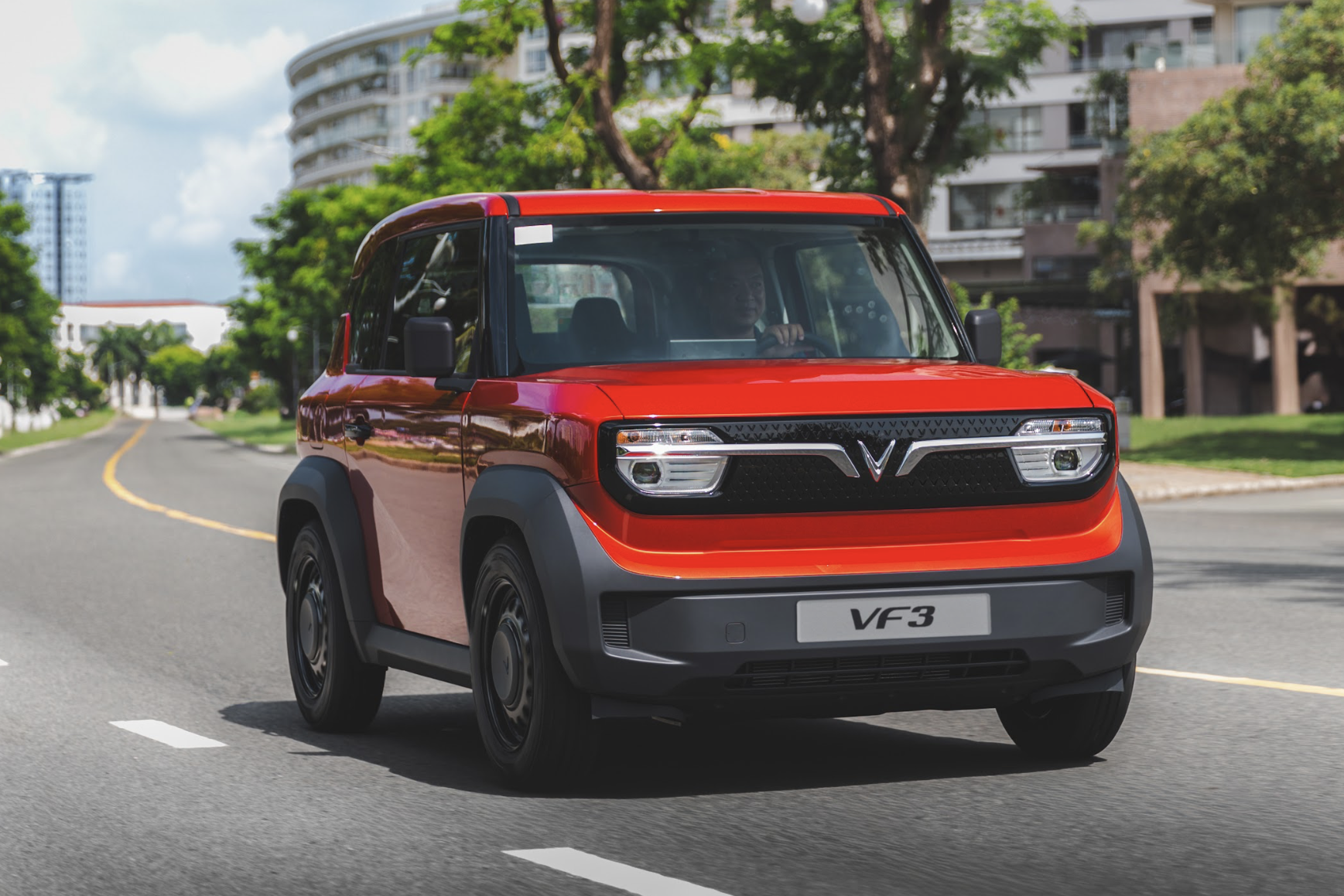
Source: https://vietnamnet.vn/tuoi-tho-pin-xe-dien-co-the-vuot-du-kien-them-40-2357439.html



![[Photo] Closing ceremony of the 18th Congress of Hanoi Party Committee](https://vphoto.vietnam.vn/thumb/1200x675/vietnam/resource/IMAGE/2025/10/17/1760704850107_ndo_br_1-jpg.webp)




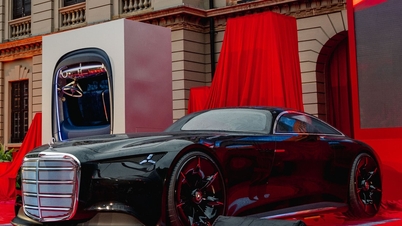


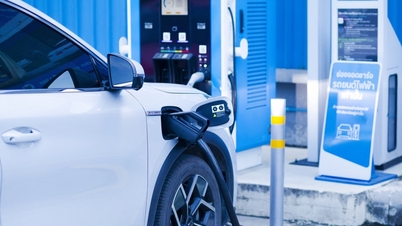


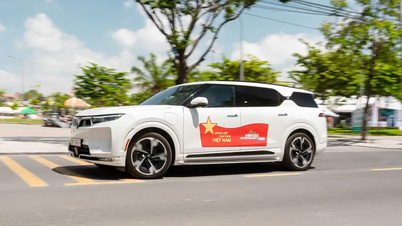





















![[Photo] Nhan Dan Newspaper launches “Fatherland in the Heart: The Concert Film”](https://vphoto.vietnam.vn/thumb/1200x675/vietnam/resource/IMAGE/2025/10/16/1760622132545_thiet-ke-chua-co-ten-36-png.webp)
















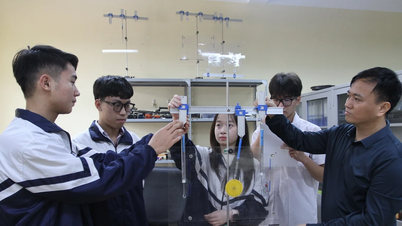






























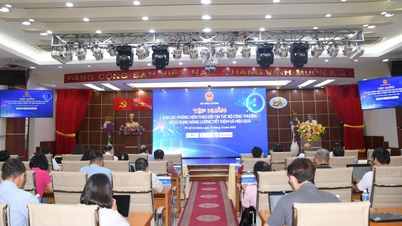



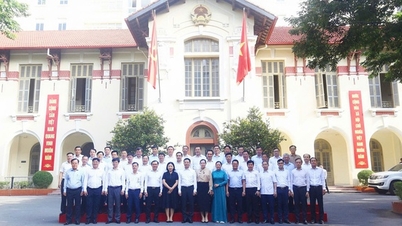



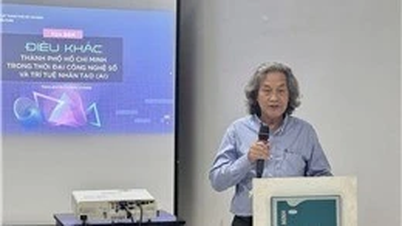






















Comment (0)